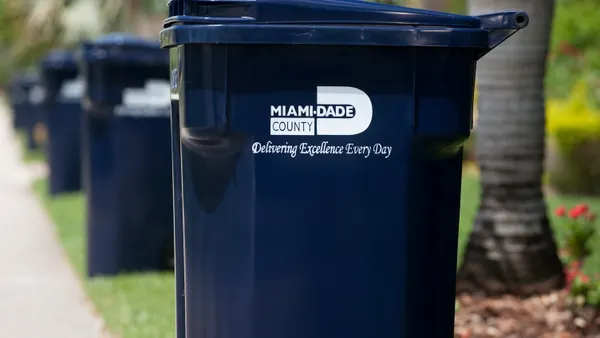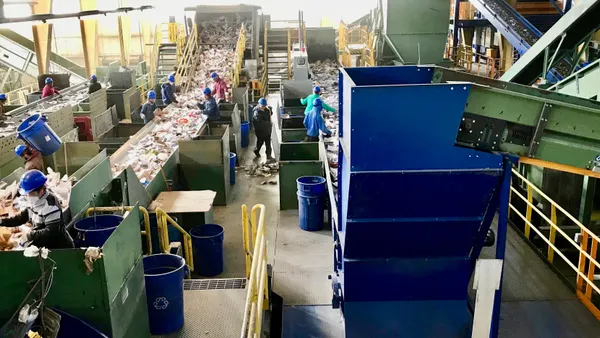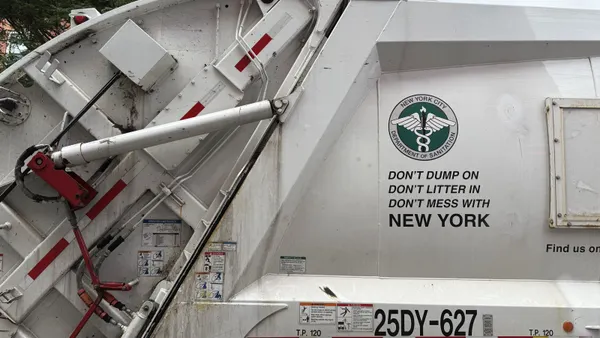Dive Brief:
- Nonprofit organization Ocean Conservancy has released a new report, titled "The Next Wave: Investment Strategies for Plastic Free Seas," that highlights goals and strategies for reducing the amount of plastic waste entering oceans, as reported by Plastics Recycling Update.
- The report predicts that about 250 million metric tons of plastic will likely enter the oceans by 2025 if organizations do not team up to find a long-term solution. This marine debris can have lasting effects on health, jobs, climate and the economies of coastal regions.
- Ocean Conservancy set a goal to halve the amount of plastic waste entering oceans annually within the next eight years, with a specific focus on the Asia Pacific region. Representatives from Closed Loop Fund, Procter & Gamble, Dow Chemical Co., Chevron Phillips Chemical Co., American Chemistry Council and Amcor have all taken ownership of this initiative.
Dive Insight:
Plastic marine debris has been discussed time and time again, and while the issue is complex, the industry has been slow to put long-term solutions in place. At the 2016 Our Ocean Conference hosted by the Department of State, dozens of industry organizations, countries and private institutions vowed monetary commitments toward marine protection and cleaning up pollution, however those commitments have yet to prove successful.
Of course there have been small-scale solutions, such as the Waste Shark autonomous water drone or the Seabin Project, both intended to clean marine debris out of residential lakes and harbors. Some apparel companies like Adidas have found ways to use recycled ocean plastics to manufacture products, and a large initiative known as The Ocean Cleanup has conducted intensive studies on the Great Pacific Garbage Patch. However due to the rapid pace that debris is still entering oceans, it is clear that more needs to be done.
Figures published in Science Magazine estimate roughly 8.8 million tons of plastic are entering waterways annually, and without action (along with increased population and consumption), it is predicted that there will be more plastic than fish in the sea by 2050. The industry must step up its collection efforts in coastal regions to ensure that further damage to wildlife and the environment can be prevented.










